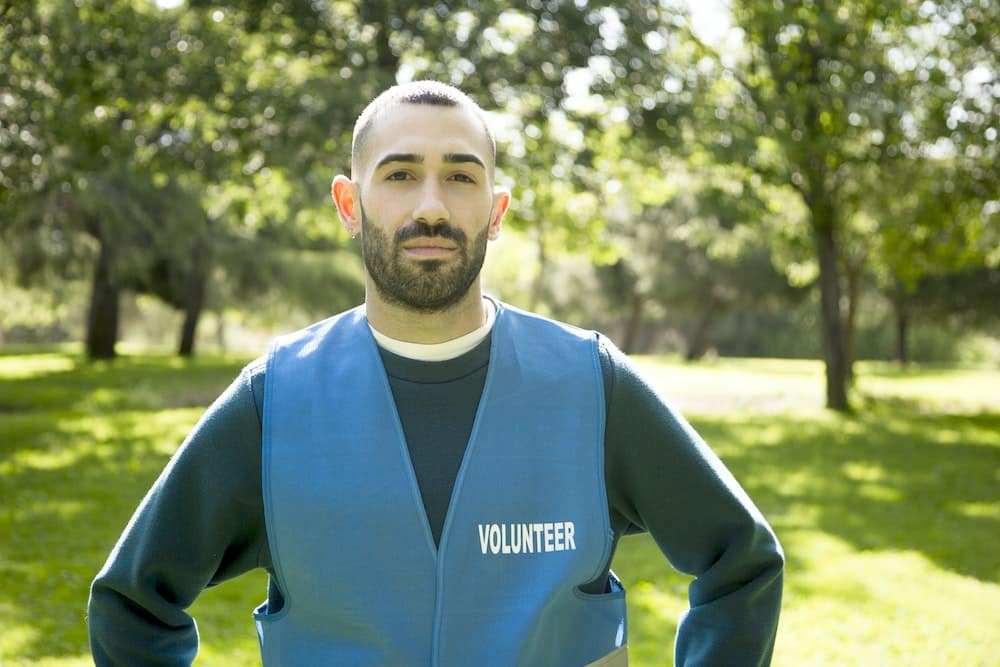The concept of participatory budgeting is not new, but it is gaining traction worldwide due to its potential long-term benefits on community health. It’s a democratic process where you, as community residents, actively participate in deciding how a portion of the public budget will be used. This process fosters public participation, empowers local residents, and ultimately improves public services including health.
This article explores the potential long-term benefits of participatory budgeting on community health, focusing on the impact, the public participation, and the role of government. It also highlights a real-life success story of participatory budgeting in Brazil.
A lire en complément : Can Photodynamic Therapy Be a Viable Treatment for Certain Types of Skin Cancer?
Participatory Budgeting and its Impact on Public Health
Participatory budgeting is a transformative tool that allows you, the ordinary people, to influence how public funds are spent. This process can be especially effective in addressing public health needs at a community level.
By directly participating in budgeting decisions, you can prioritize health-related projects that are most urgently needed in your community, whether it’s building new healthcare facilities, implementing preventive health programs, or improving existing health services.
Cela peut vous intéresser : How Can Smartwatches Aid in the Early Detection of Irregular Heart Rhythms?
For example, in a community with high rates of obesity, participants might choose to allocate funding to projects promoting physical activities, such as building sports facilities or parks. Similarly, in an area with high rates of drug addiction, you could prioritize funding for drug rehabilitation facilities and awareness programs.
This kind of targeted approach not only shows immediate results but also has long-term impacts. Over time, you can see improvements in health indicators such as reduced obesity rates or improved mental health services. These health improvements, in turn, can lead to a more productive workforce and lower healthcare costs for the local community.
Public Participation in Participatory Budgeting
Community involvement in participatory budgeting is central to its success. It’s a process that encourages transparency, accountability, and increased public participation. This involvement gives you a chance to voice your needs and to see how your local government allocates its resources.
Participatory budgeting forces the government to be more transparent in its budgeting process. You will see where the money is coming from and where it is going. It allows you to hold the government accountable for the budgeting decisions they make.
Moreover, this process allows for increased public participation. It provides you with the opportunity to learn about your community’s budget and to make decisions about its allocation. This engagement can create a strong sense of community ownership and active citizenship, enhancing trust in local government and promoting democratic values.
The role of Government in Participatory Budgeting
For participatory budgeting to succeed, support from the local government is essential. The government plays a dual role in this process: it must both facilitate the public participation and implement the decisions made by you, the participants.
The government must create an environment that encourages public participation. This could involve holding public meetings, providing online platforms for discussion, or offering training sessions to help you understand the budgeting process.
Once the community has made its decisions, it’s the government’s responsibility to implement these projects. This requires not only the allocation of the agreed budget but also the monitoring and evaluation of the project’s progress and impact.
The government should then provide regular feedback to you about how the project is progressing. This feedback loop is critical, as it allows you to see tangible results of your participation, which can motivate continued engagement in future budgeting processes.
Participatory Budgeting in Action: The Brazil Case
Brazil provides a stellar example of how participatory budgeting can have a real and lasting impact on community health. The process was first introduced in the city of Porto Alegre in 1989 as a means to democratize public spending and address the city’s stark socio-economic inequalities.
Through participatory budgeting, residents identified sanitation and access to clean water as their top priority. In response, the city government allocated a significant portion of the budget to improve the city’s water and sanitation infrastructure.
The results were remarkable. Within a decade, the number of households with access to clean water increased from 75% to almost 100%. The city also saw a significant drop in child mortality rates, with a decrease of nearly 20% in the areas where the budget was implemented.
This case illustrates how participatory budgeting can empower you to address pressing health issues in your community, leading to significant long-term improvements in public health.
By getting involved in participatory budgeting, you can make a real difference in your community’s health and wellbeing. It’s an opportunity to ensure that public spending reflects your needs and priorities. As proven by the Brazil case, when community residents get a say in how public money is spent, the results can be truly transformative.
Monitoring and Evaluation in Participatory Budgeting
Monitoring and evaluation is an essential part of participatory budgeting. This process provides data that helps in shaping future budgeting decisions, ensures the accountability of public spending, and assesses the impact of the implemented projects on the community’s health.
During the evaluation stage, data collection is critical. Comprehensive data on the implemented projects can be gathered through surveys, interviews, or public feedback sessions. Reliable data sources such as Google Scholar, PubMed Crossref, and others can be used to find articles and studies that support the data analysis.
The monitoring and evaluation process helps in decision making for future budgeting by identifying successful projects that could be replicated or expanded. On the other hand, projects that did not meet their objectives or had unintended negative consequences can be reevaluated or discontinued.
The ongoing monitoring and feedback process helps to maintain transparency in how public funds are spent. It gives you, the community members, a chance to see how your decisions are creating an impact and reinforces the accountability of those controlling the public funds.
Moreover, the information gathered through monitoring and evaluation can be used to inform community members about the process and its outcomes. This is crucial in creating a sense of ownership and encouraging continued participation in future budgeting processes.
Conclusion: The Long-Term Impact of Participatory Budgeting on Community Health
In conclusion, participatory budgeting has the potential to bring transformative change to community health. The example of Porto Alegre in Brazil demonstrates how community members, through participatory budgeting, can address pressing health issues leading to significant health improvements.
Participatory budgeting not only democratizes public spending but also fosters active citizenship, enhances trust in local government, and promotes democratic values. It also brings transparency and accountability into the budgeting process, ensuring that public funds are used effectively to meet the community’s health needs.
Government support and the active involvement of community members are vital for the success of participatory budgeting. The government’s role is to facilitate public participation and implement the decisions made in the budgeting process. On the other hand, community members, like you, have the power to influence where and how public funds are spent.
Monitoring and evaluation, supported by comprehensive data collection and analysis, secure the long-term success of participatory budgeting. It helps in future decision-making, ensures the accountability of public spending, and assesses the impact of the implemented projects on the community’s health.
Participatory budgeting is more than just a budgeting process. It’s a tool for community empowerment, a means for systemic change, and a pathway to improved public health. So, get involved and make a real difference in your community’s health because your participation matters!











